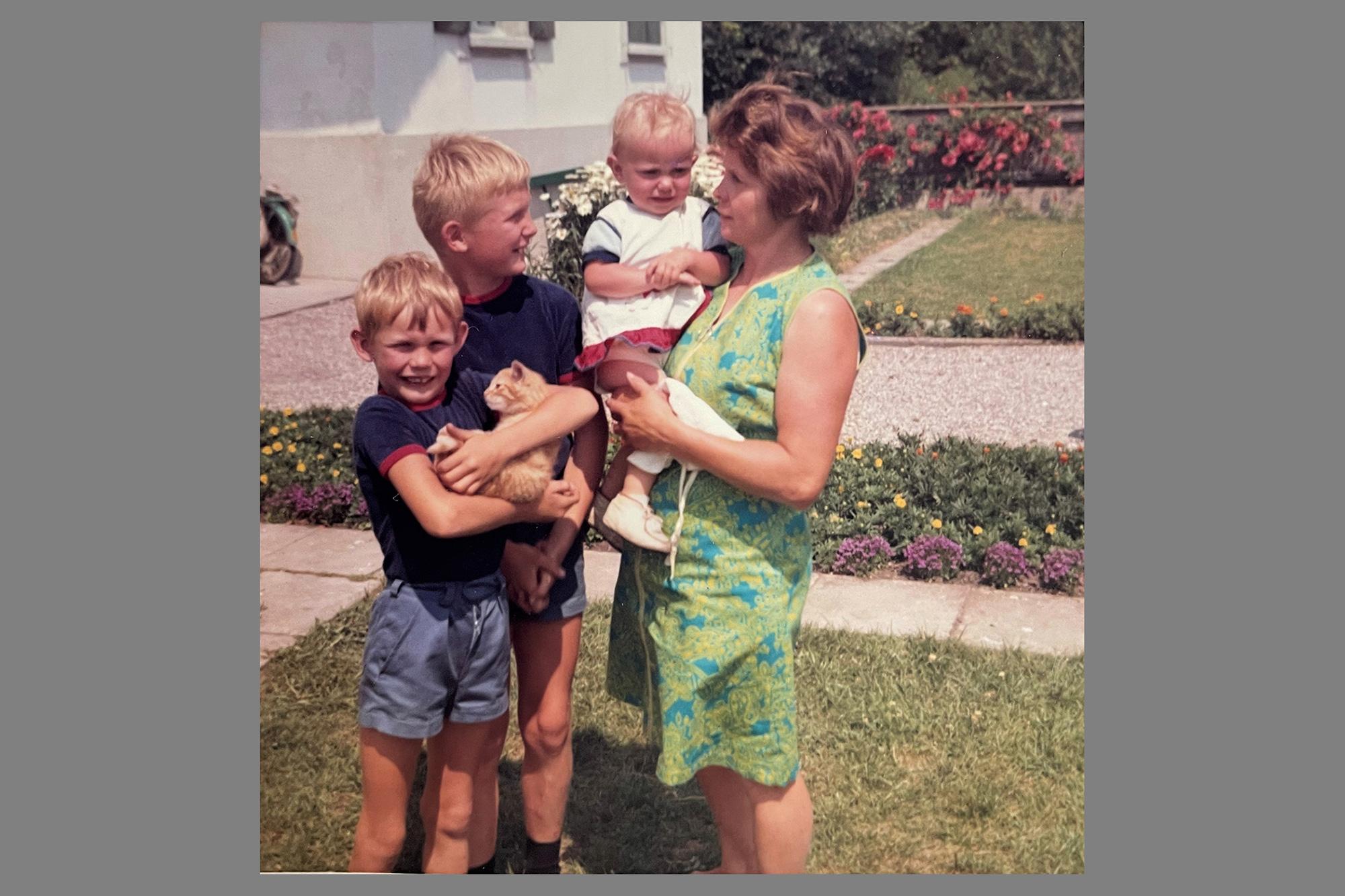The "good family": normality and its vicissitudes in Swiss welfare after 1950

When did schools and welfare institutions intervene and place children in foster care or children’s homes between 1950 and 1980 and when did they not? Which families were considered to be "normal" and "good", which "deficient" and "bad"? Which is the current state of social pedagogical care?
Project description (completed research project)
The end of the post-war boom was characterized by social and cultural upheaval, manifested in the welfare and social policies of the 1970s. Increasing therapy and the psychologizing of everyday life had an impact on dealings with families. State interventions are now ensured by consulting institutes. Which criteria govern regulatory policy? The project reconstructs negotiations on family interpretative patterns in Protestant Bern and Catholic Ticino. The comparison enhances knowledge by highlighting the contrasts of socio-political, economic, denominational, and linguistic diversity in school family policy. It analyzes archive documents and taps into the perspectives of the persons concerned by means of biographical video interviews.
Results
The summary of the results for this project are available here:
Original title
The "good family". Negotiations of familial normality and its vicissitudes in school, welfare and counselling in Switzerland after 1950
